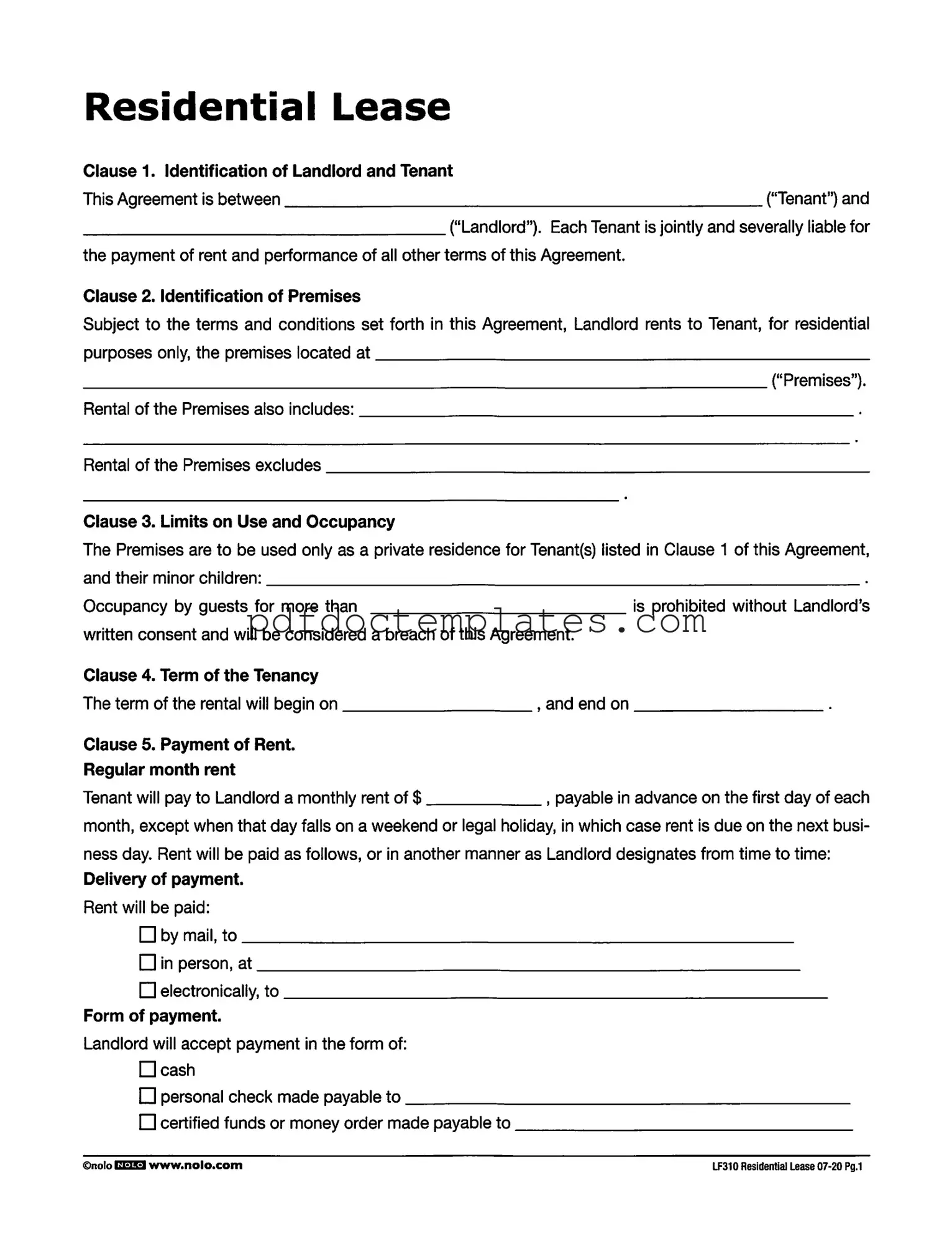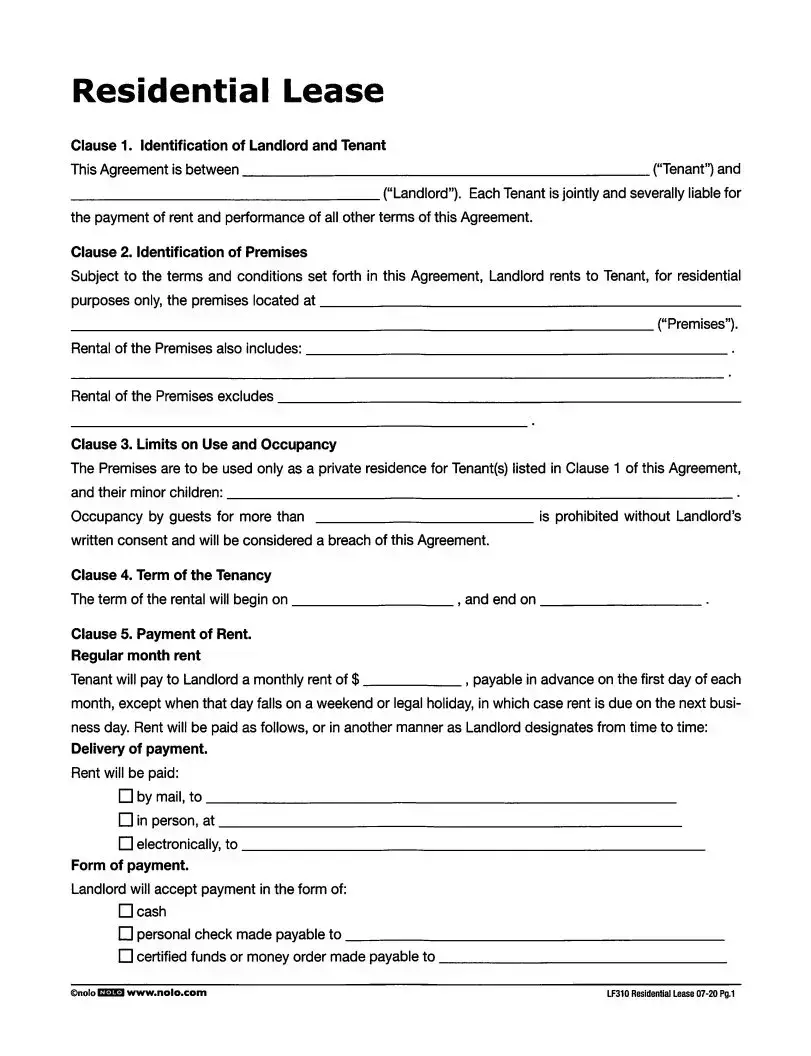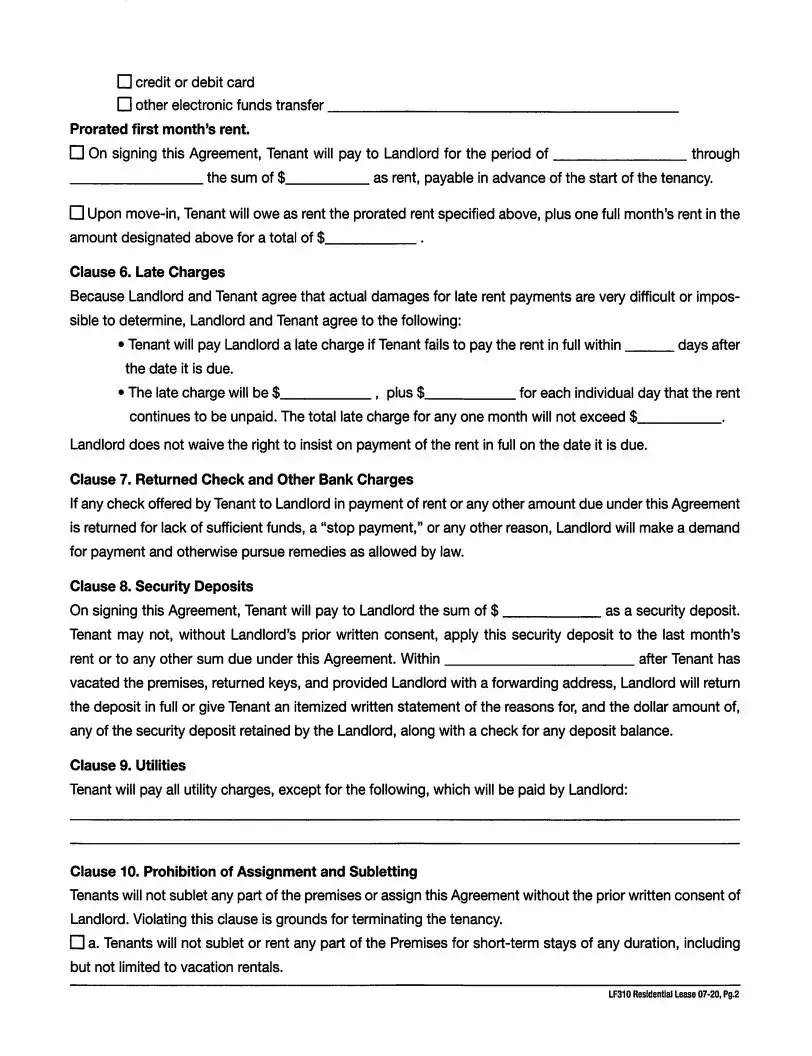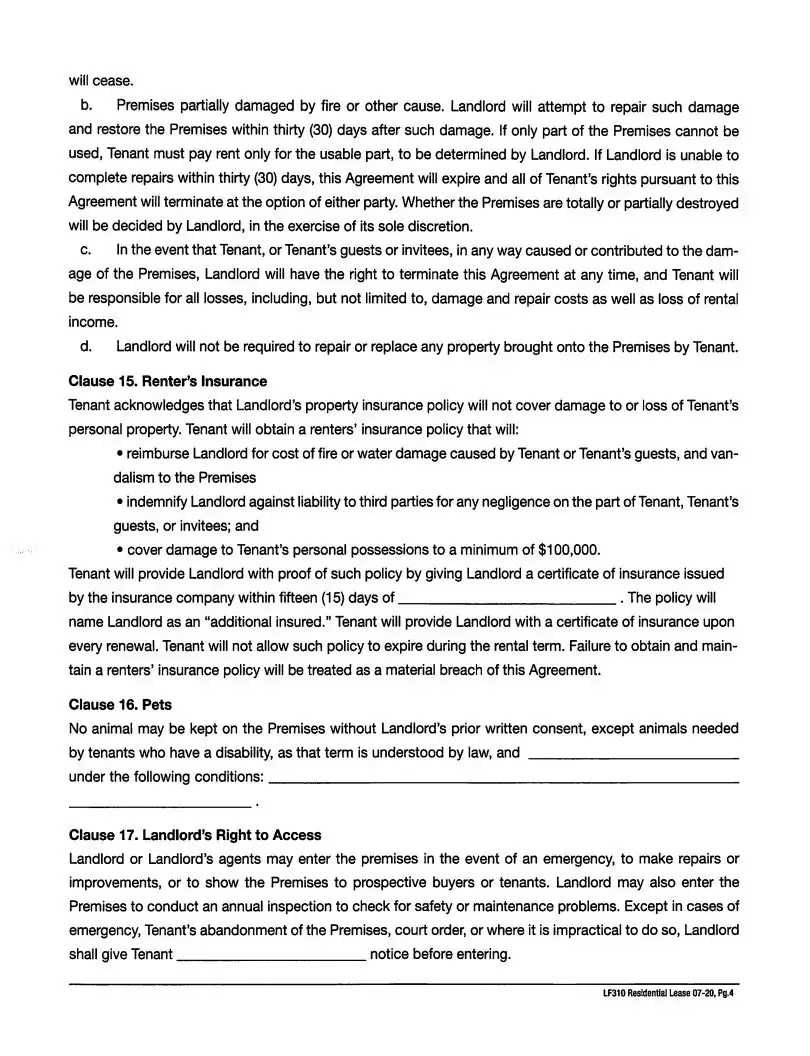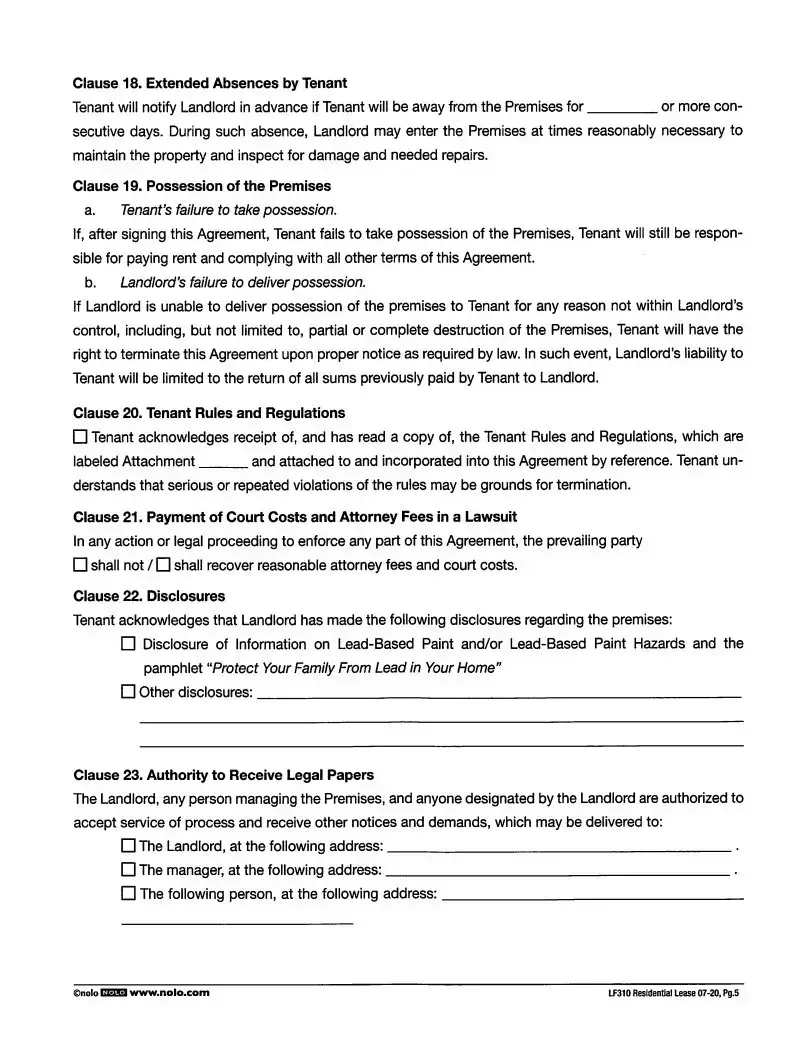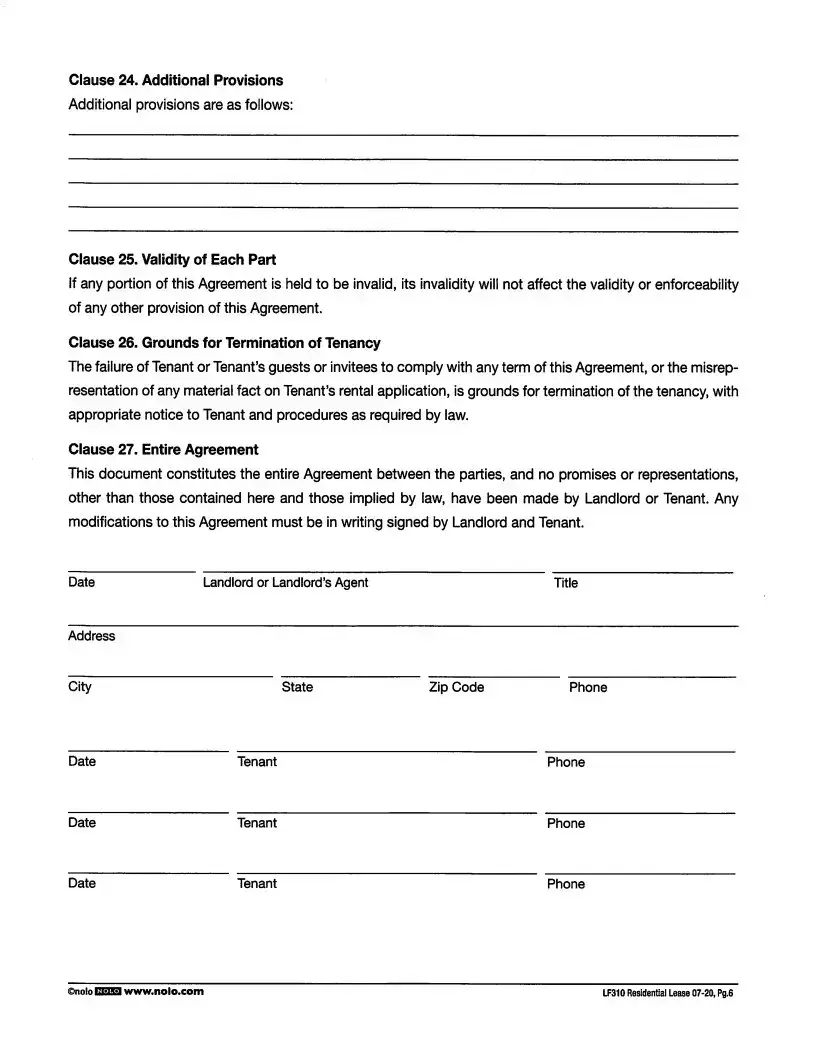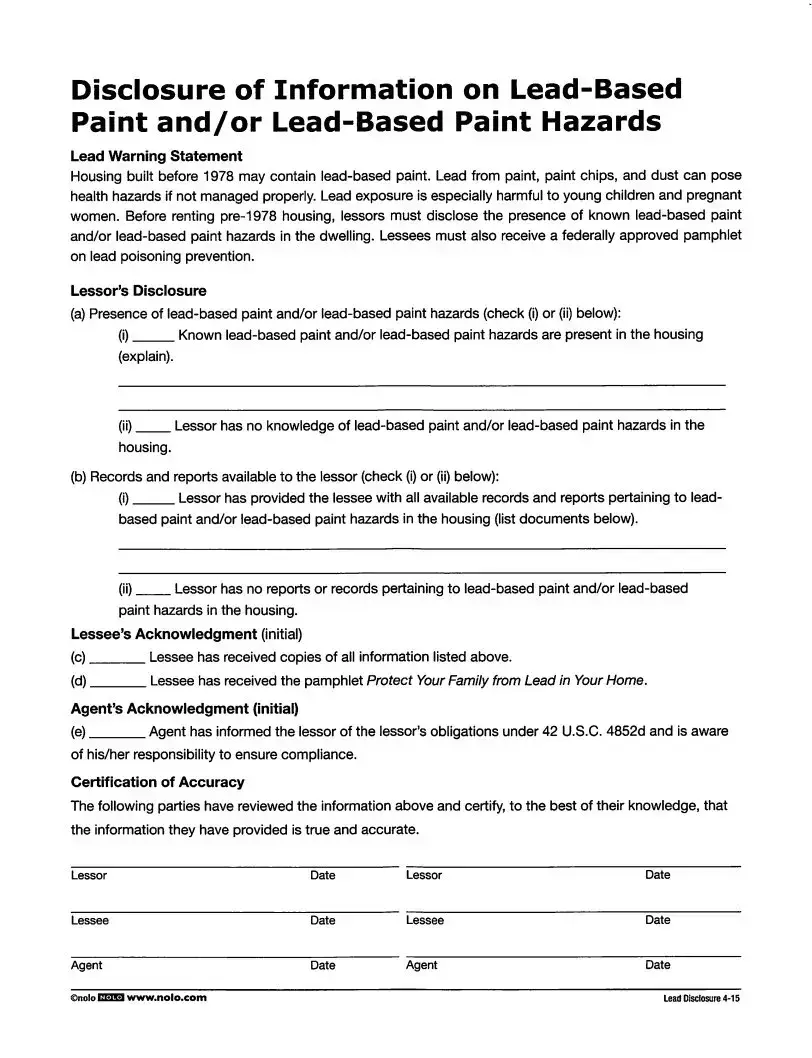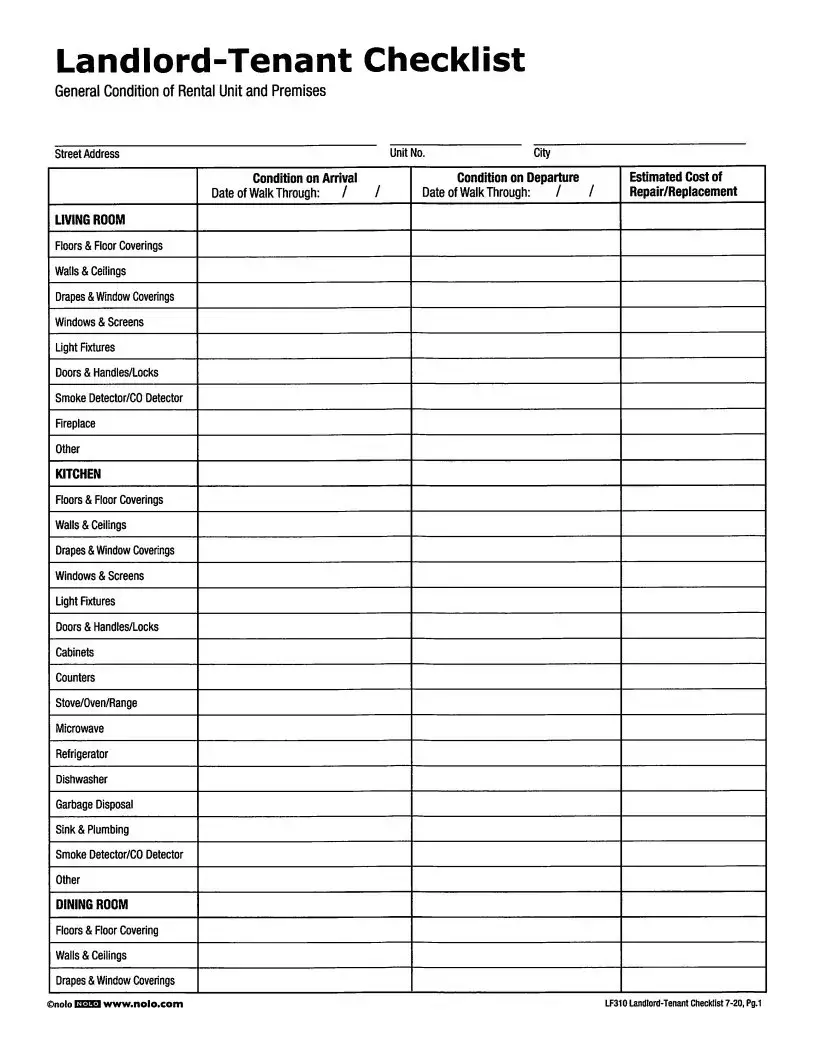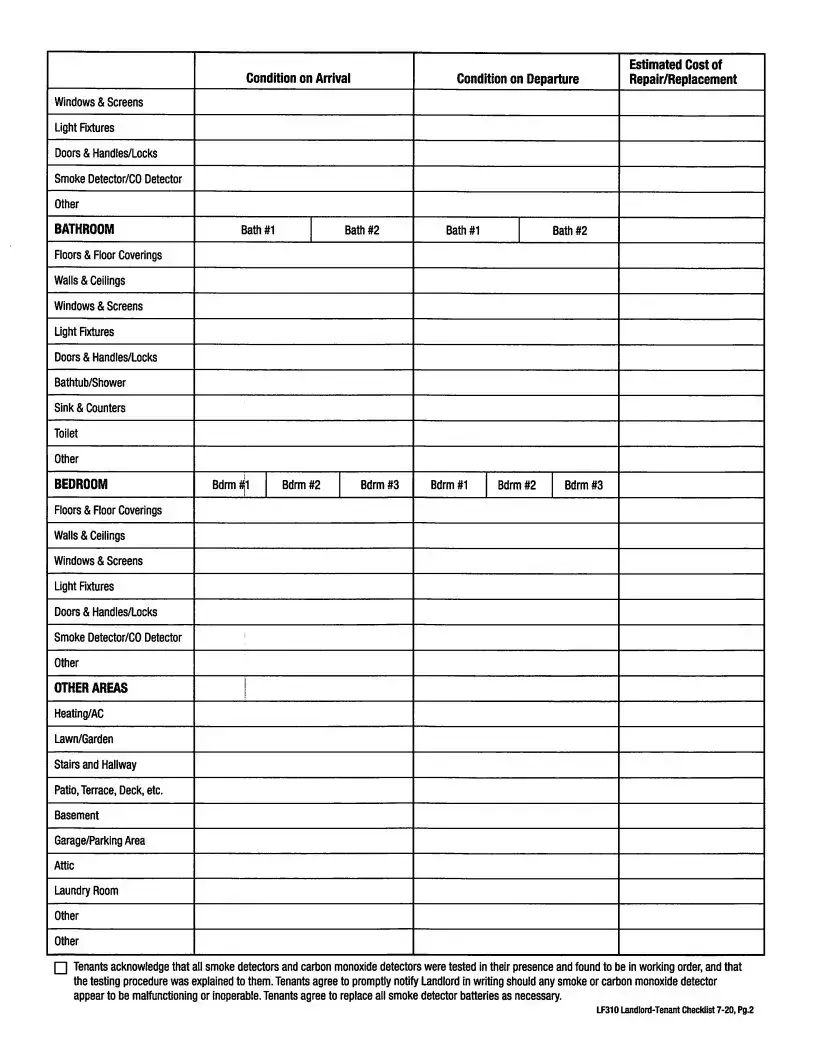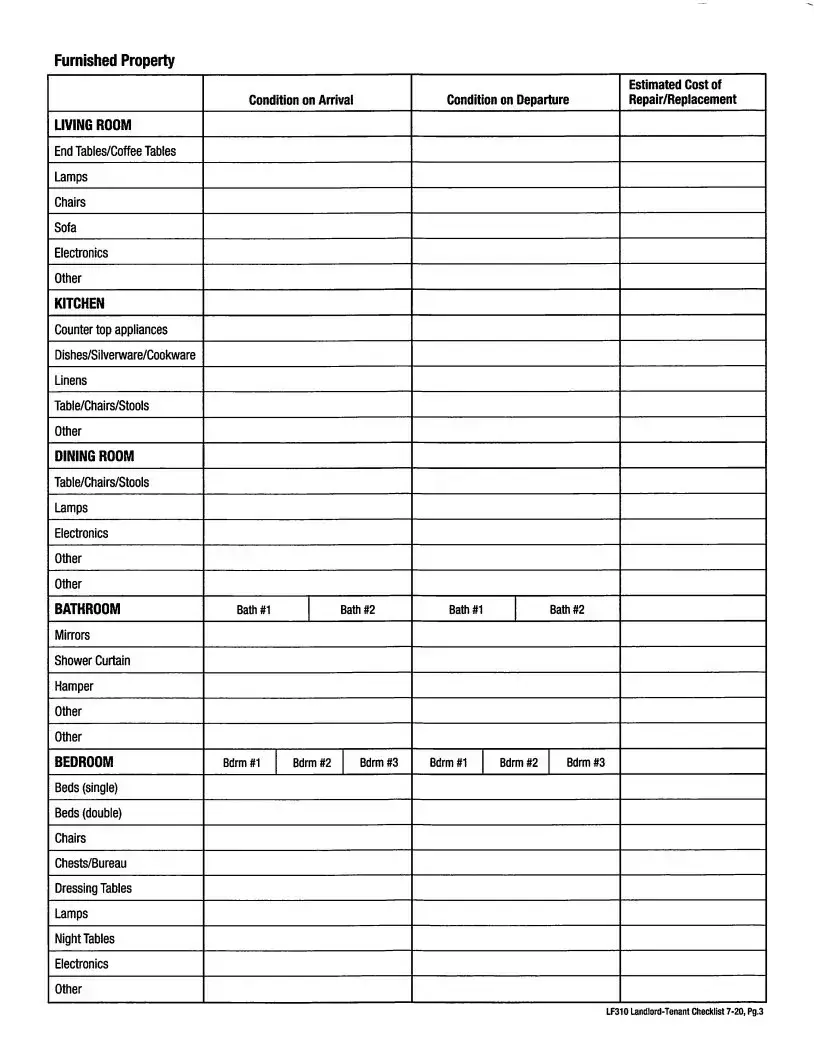Download Lf310 Residential Lease Template
The LF310 Residential Lease form is a legal document that outlines the terms and conditions between a landlord and tenant for renting a residential property. This form includes essential clauses such as identification of the parties involved, payment of rent, and rules regarding the use of the premises. Understanding this form is crucial for both landlords and tenants to ensure a smooth rental experience.
To fill out the LF310 Residential Lease form, click the button below.
Access Your Document
